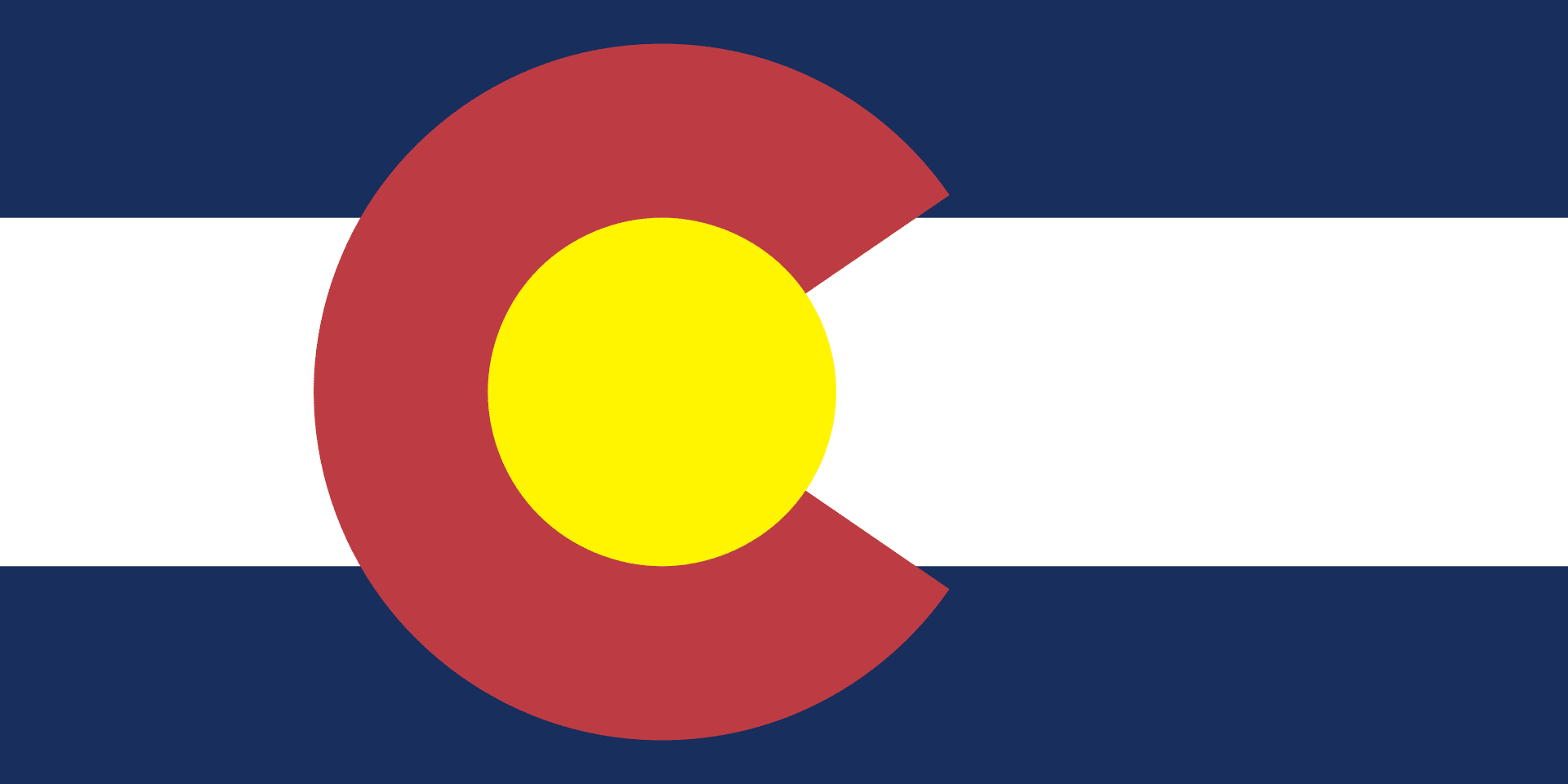The Dry Mesa Dinosaur Quarry lies on a 55-acre site that makes up part of the Morrison Formation, a unique chain of Upper Jurassic sedimentary rock known for its high yield of dinosaur fossils. 150-million year old fossils have been found in the Quarry, which is located 26 miles southwest of Delta, Colorado on the Uncompahgre Plateau.
The Special Interest Area (SIA) is located within the Uncompahgre National Forest and managed by the U.S. Forest Service.
History
The Dry Mesa was discovered in 1971, when Daniel and Vivian Jones unearthed the first dinosaur fossil in this part of the Morrison Formation. Their finding, a large toe bone belonging to the genus Torvosaurus tanneri, brought attention to the previously unknown site. In 1972, quarrying operations began under the direction of respected paleontologist Dr. Jim Jensen, known as “Dinosaur Jim,” from Utah’s Brigham Young University (BYU).
Interested filmmakers produced a documentary showcasing Jensen’s finds which aired at a local Delta theater in 1973. In 1976, a 24 minute version of the film began airing on national USA television, garnering even greater interest in the site.
Initially, the rocks and fossils discovered at the site had no place to be stored and were kept at the BYU football stadium. This lasted from 1972-1976, when the BYU Earth Science Museum was finally constructed with the Dry Mesa site in mind. Today, it is known as the BYU Museum of Paleontology.
Under the museum’s direction, Dr. Jensen, Professors Miller and Stadtman, and paleontology students from BYU, excavated Dry Mesa for over 20 years, from 1972-2000.
Discoveries
Over 4,000 bones from 30 different species have been discovered in the Quarry. Many of the bones were found tangled together in a single layer of sedimentary rock 2 to 6 feet thick.
The most important discoveries include fossils from two new species of dinosaur:
Torvosaurus—Similar to T-Rex but millions of years older. These ferocious dinosaurs grew to be at least 35 feet long and weighed about 3 tons.
Supersaurus—This herbivore was a whopping 120 feet long and weighed up to 40 tons. Two shoulder blades were discovered at the Quarry, each measuring 8 feet long. Also discovered was a 5-foot long vertebra.
In addition to the new species discovered, paleontologists also unearthed fossils from a variety of creatures including:
- Pterosaurs
- Crocodiles
- Turtles
- Lungfish
- A shrew-like mammal
- Other dinosaur species
Theories
Paleontologists theorize that the Dry Mesa region went through a severe drought that resulted in large quantities of animals dying off. The drought forced dinosaurs and other creatures towards a watering hole in the dried-up Lake T’oo’dichi’ lakebed. The watering hole quickly went dry too, and the animals perished from starvation and dehydration.
Their bones were then washed to the sides of a stream channel during a flash flood, where their remains were fossilized. As more dinosaurs died, and more floods came, their bones covered the older bones and additional sediment buried the entire accumulation until its discover in 1971.
The Quarry Today
Since excavation at the Quarry finished, there is little left to see. A few seasoned signposts still stand that let curious adventurers know they’ve found the right location, but it is a difficult trek to make. The road leading to the site takes you over the Uncompahgre Plateau and is only accessible during warm weather months to those with 4-wheel drive vehicles.
Most of the fossils from Dry Mesa are still at Brigham Young University in Provo, Utah. Paleontologists were not able to reproduce a complete skeleton, but the Quarry remains one of the most prolific sites of its time.
Details
Address: Uncompahgre National Forest, Delta, CO
Phone: 970-874-6600 (USFS)
Season: Year round
Website: fs.usda.gov/detail/gmug/specialplaces/?cid=stelprdb5180675
[sc name=”ad-activity-bottom”]

